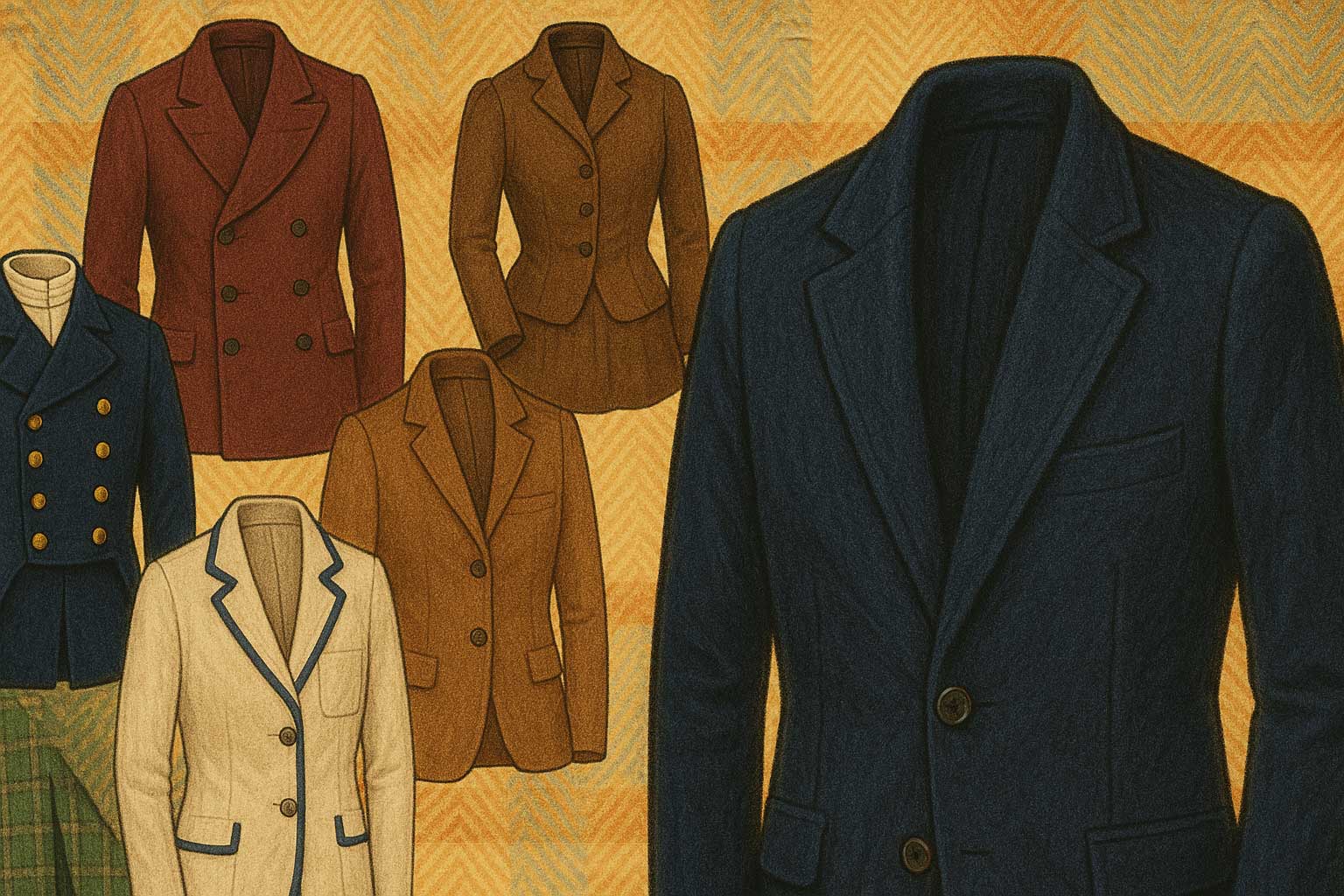While shopping this past weekend, one classic piece stood out; the blazer. It is a staple most of us have in our closets. Versatile and timeless, the blazer works with nearly anything, whether you are dressing up or keeping it casual. But before it became a universal “go-to”, the blazer had a rich and surprising history.
The term “blazer” first appeared in the early 1800s, thanks to the rowing team at St. John’s College, Cambridge. Their bright red jackets were so striking that people began calling them “blazers” because they blazed with color. These were more than uniforms; they were bold statements of team identity and pride.
By the mid-1800s, the blazer evolved from sporty to polished. The British Navy helped redefine it when the captain of the HMS Blazer outfitted his crew in navy, double-breasted jackets with brass buttons to impress Queen Victoria during an inspection. This version was more refined than the Cambridge rowing jacket, and from that moment, the blazer became associated with naval prestige and crisp, clean tailoring.
By the late 19th century, blazers became the jacket of choice for British sports clubs. Cricket, tennis, and rowing teams wore blazers in their club colors, often adorned with piping and embroidered crests. These jackets were not just functional; they were symbols of status and affiliation.
In the early 20th century, the blazer made its way across the Atlantic. American prep schools and Ivy League colleges adopted the navy single-breasted blazer with gold buttons. It offered just the right balance, dressy without being overly formal, making it ideal for campus life and social events. Before long, the blazer transitioned into mainstream business attire and eventually into casual, everyday wear.
Today, the blazer is everywhere. It is worn by hotel managers, airline staff, CEOs, schoolchildren, fashion models, and working professionals. It comes in every fabric and color imaginable, from classic navy wool to pastel linens, bold stripes, and soft knits. You can dress it up with a button-down shirt and tie or down with a T-shirt and jeans. Its versatility makes it a wardrobe essential.
A fun detail: the buttons on blazer sleeves were originally functional. They allowed military members to roll up their sleeves when needed. Today, they are mostly decorative, a subtle nod to the garment’s practical roots.
What started as a bright red rowing jacket has evolved into a universal fashion staple. The blazer’s ability to adapt across centuries, cultures, and occasions is what makes it truly iconic. It is not just a piece of clothing; it is a symbol of effortless style and lasting versatility.




















